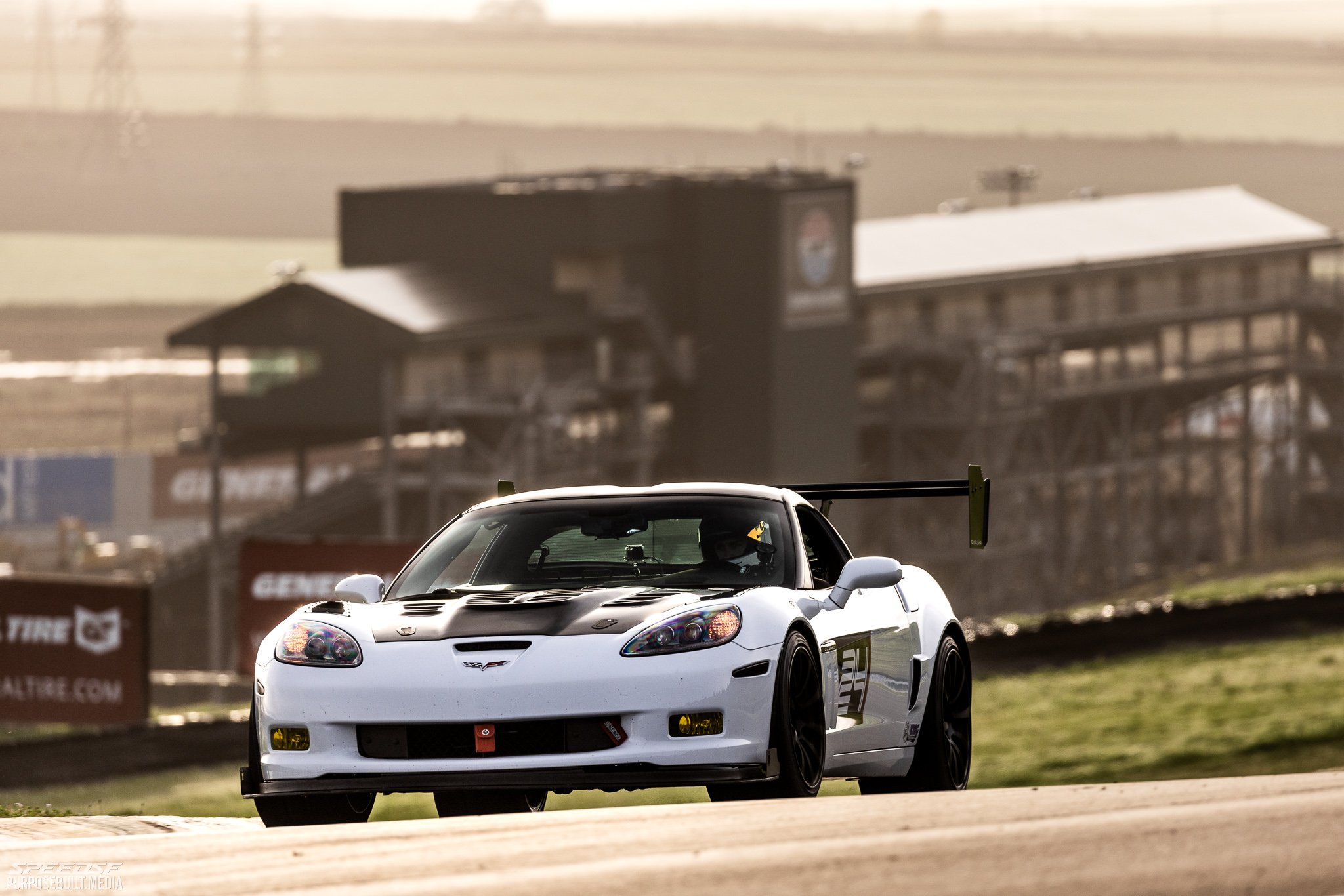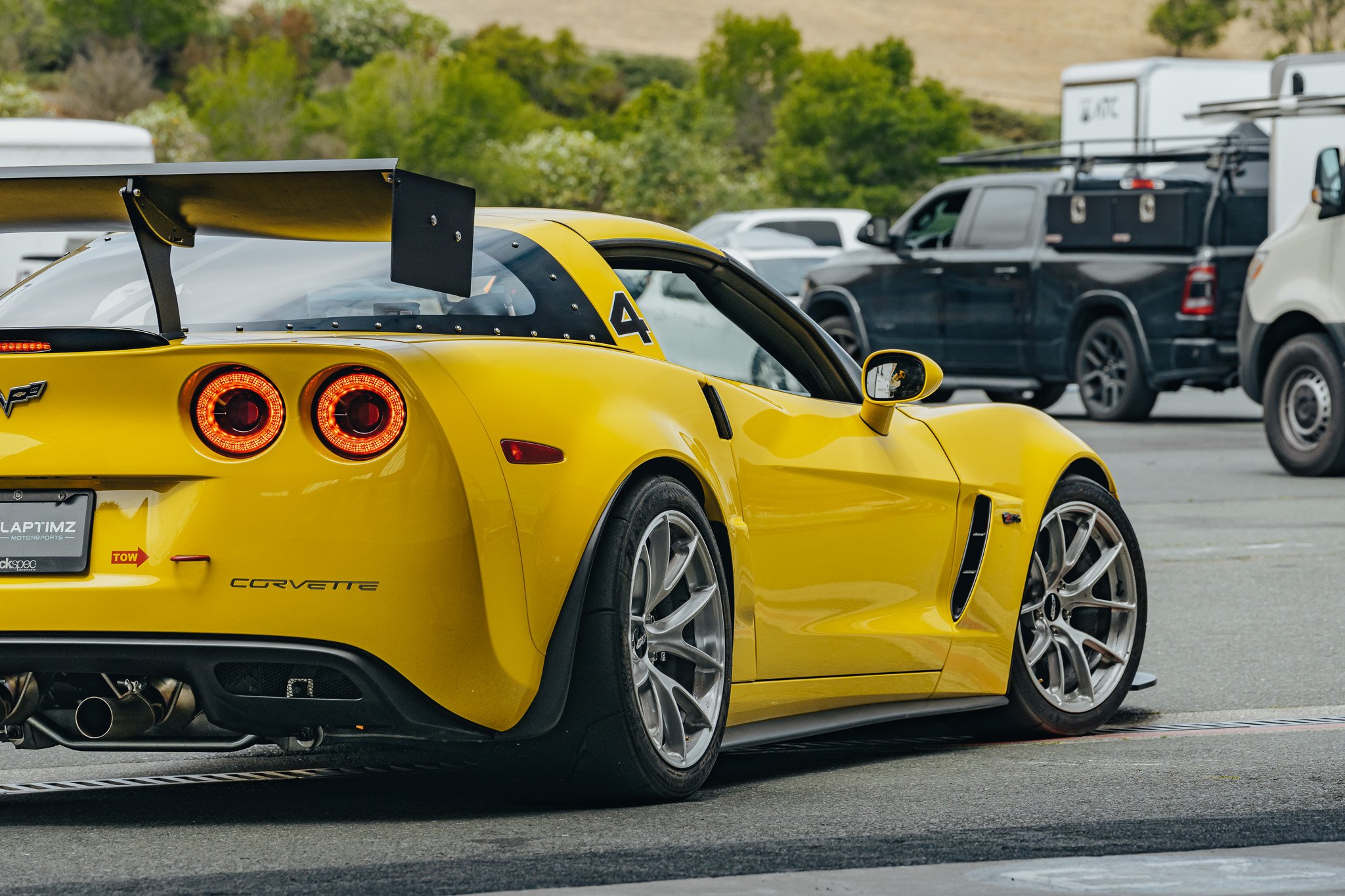
SpeedSF Blog
Every Build Has a Story – Meet the Cars of SpeedSF

Cory’s C6 Grand Sport: Safe Not Sorry
After Cory Smetzler saw the light during a ridealong in a C6 Z06, he bought a Grand Sport from the same generation. It might not have the biggest motor or the lightest chassis in the lineup, but it has a few features which have offered him peace of mind with small few setbacks.

Matt Paige's C6 Z06: The Track Rat’s Idea of a Hybrid
Rather than chase big power, Matt Paige made the necessary adjustments to this cost-no-object Corvette track car to make it reliable, approachable, and sexy.
